Introduction
Digital photography vs film photography. The debate between digital photography and film photography is a captivating discussion that resonates deeply within the artistic community. It is not solely a technical comparison; rather, it embodies a clash of philosophies that influence how creators perceive their work and connect with their subject matter.
While digital photography champions immediacy and accessibility, film photography invites practitioners to embrace a more contemplative and tactile approach. In this extensive exploration, we will delve into the nuances of both mediums, examining their technical aspects, artistic philosophies, emotional connections, practical considerations, and cultural significance. Ultimately, this dialogue not only reflects individual preferences but also serves as a broader commentary on the evolution of art in a rapidly changing world.

Understanding the Debate digital photography vs film photography
The ongoing discourse surrounding digital versus film photography often stirs strong emotions among enthusiasts and professionals alike. On one hand, proponents of digital photography celebrate its convenience, speed, and transformative editing capabilities. They argue that digital cameras and software allow for greater creativity, enabling photographers to experiment without fear of wasting resources.
Conversely, film advocates cherish the unique characteristics of analog photography—the anticipation of waiting for developed prints, the serendipity of unexpected outcomes, and the tactile connection to the medium. This debate extends beyond mere preference; it asks fundamental questions about the nature of art-making, the relationship between creator and medium, and how technology shapes our perceptions of beauty and storytelling.
Overview of Digital and Film Photography
Digital photography emerged in the late 20th century as a revolutionary shift from traditional film methods. The ability to capture images electronically and manipulate them using software opened new avenues for photographers and creatives. This innovation altered the landscape of photography by making it more accessible to the masses, allowing anyone with a camera or smartphone to capture moments instantly.
In contrast, film photography has a rich history rooted in chemical processes and manual techniques. Each click of the shutter becomes a deliberate act—one that requires knowledge of exposure settings, light conditions, and composition. The physicality of loading film, developing images in a darkroom, and experiencing the slow reveal of prints imbues each photograph with an element of ritual that many artists find meaningful. Despite the rise of digital technology, film continues to hold a special place in the hearts of many photographers, offering an authenticity that resonates deeply.

The Technical Aspects of Each Medium
Understanding the technical differences between digital and film photography provides valuable insight into why photographers gravitate toward one medium over the other. Both forms have distinct characteristics that affect image quality, usability, and creative possibilities.
Digital Photography Technology
Digital photography relies on electronic sensors to capture images, converting light into pixels that form a picture. Various sensor sizes, such as full-frame, APS-C, and micro four-thirds, impact image quality and depth of field, influencing the photographer’s choice of equipment.
Moreover, digital cameras are equipped with sophisticated features such as autofocus systems, light metering, and burst modes. These advancements make capturing fleeting moments easier, facilitating spontaneous photography. The immediacy offered by digital technology allows photographers to preview their shots instantly, adjusting settings on the spot for improved results. This capability fosters a sense of experimentation and exploration, encouraging photographers to try different angles, compositions, and lighting conditions without the constraints of limited film frames.
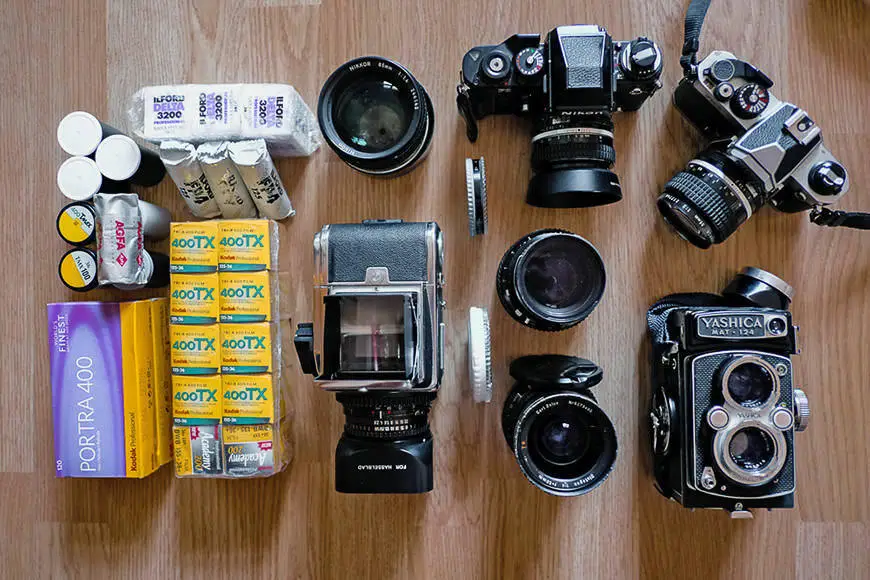
Film Photography Mechanics
Film photography operates through a series of chemical reactions that occur when light hits a photosensitive emulsion coated on a roll of film. Each type of film—black-and-white, color negative, and slide film—has unique properties that significantly affect the final image. The photographer must consider factors such as ISO sensitivity, grain structure, and saturation when choosing a film stock for a specific project.
The process of capturing images with film is inherently slower and more deliberate. Photographers must carefully compose each shot, manually adjust their settings, and consider the limitations of the film they are using, such as available exposures per roll. This focus on intentionality allows film photographers to immerse themselves in the moment, establishing a deeper connection with their subjects and surroundings.
Image Quality Differences
When comparing image quality between digital and film photography, it’s essential to recognize the subjective nature of aesthetics. Digital images are often praised for their sharpness, clarity, and ability to maintain detail across various lighting conditions. Advanced software tools enable photographers to edit their images extensively, enhancing colors, correcting imperfections, and applying creative effects with relative ease.

On the other hand, film photography carries a distinct charm characterized by its inherent qualities such as grain, texture, and dynamic range. Many film enthusiasts believe that the unique interplay of light and chemistry produces an organic beauty that digital methods struggle to replicate. For some, the slight imperfections that arise from film processing add character to a photograph, elevating it beyond a mere representation of reality to something more ethereal and emotive.
Artistic Philosophy Behind Each Medium
At the core of the digital versus film debate lies a stark contrast in artistic philosophy. The choice of medium goes beyond technical specifications; it reflects a photographer’s approach to creativity, expression, and the narrative they wish to convey.
The Creative Process in Digital Photography
Digital photography is often associated with a fast-paced, exploratory creative process. Photographers can capture vast quantities of images in a short period, allowing for rapid experimentation and refinement of ideas. The opportunity for instant feedback facilitates iterative growth—photographers can analyze their results on the spot, adjusting techniques and settings to hone their craft continuously.
This immediacy fosters an environment ripe for innovation, as photographers create narratives that reflect contemporary experiences and issues through their lenses. Additionally, the proliferation of social media platforms enables photographers to share their work immediately, inviting real-time feedback and interaction with audiences. This connectedness can be invigorating, as it allows artists to engage with diverse communities and gain insights that may influence their future projects.
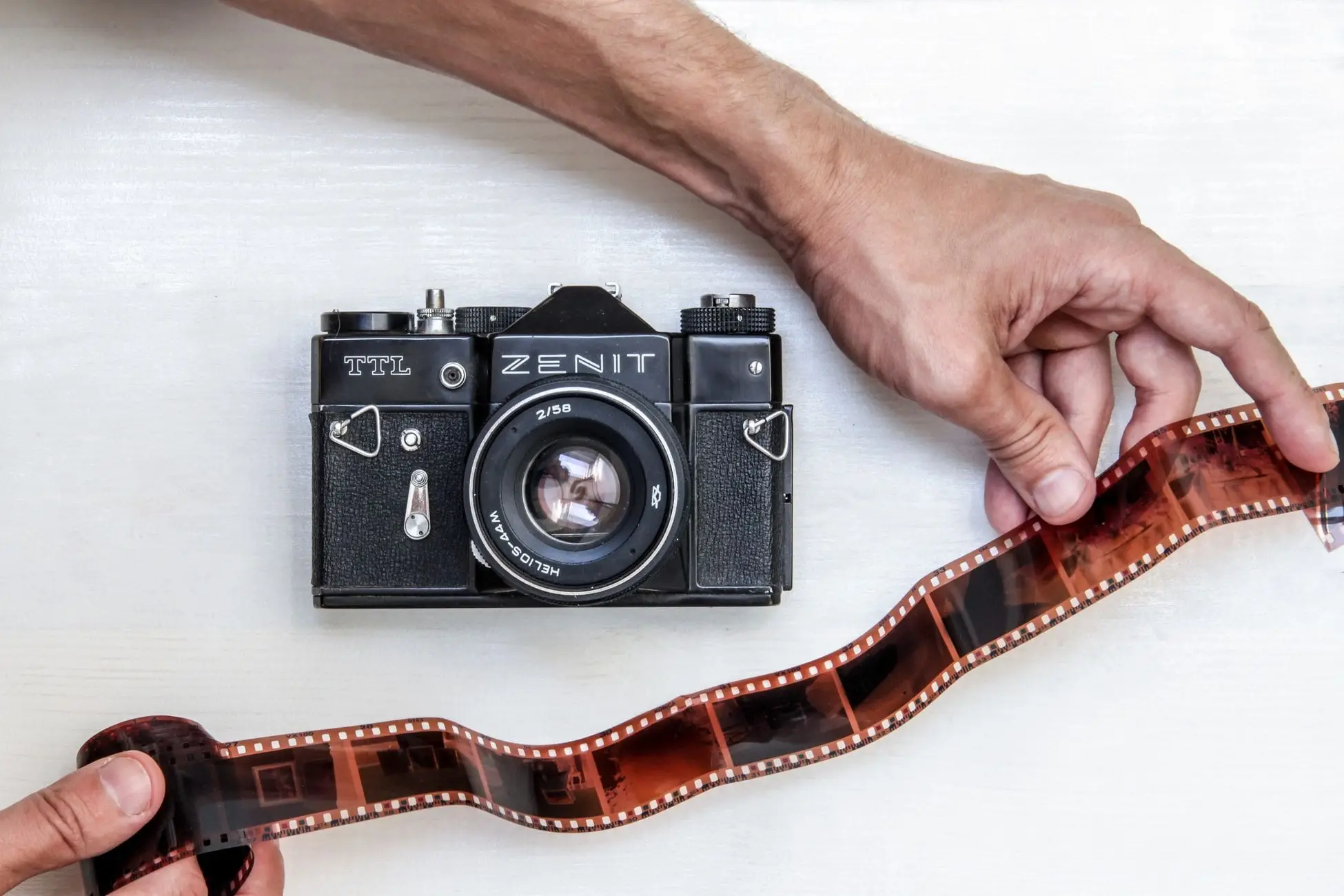
The Intention and Ritual of Film Photography
In stark contrast, film photography embodies a more meditative and intentional creative process. The tactile experience of loading film, setting exposure, and awaiting the development process creates a ritualistic quality that many photographers find deeply satisfying. Each frame becomes a precious moment, infused with meaning and anticipation.
Film photographers must be mindful and deliberate, considering each shot carefully before pressing the shutter button. This thoughtful engagement enhances the emotional connection between the artist and their subject, often resulting in images that resonate powerfully with viewers. The unpredictability of film—whether it’s the chance of light leaks or unexpected grain variations—can lead to delightful surprises that challenge the photographer’s vision and push their creative boundaries.

Immediacy vs. Contemplation
The divergence between digital and film photography can be framed as a tension between immediacy and contemplation. Each medium offers unique advantages, shaping the way artists approach their work and interact with the world around them.
Instant Gratification in Digital Photography
In our fast-paced society, digital photography caters to the desire for instant gratification. With the ability to capture, review, and edit images on the fly, photographers can quickly respond to changing circumstances, documenting events as they unfold. This immediacy allows for spontaneity, enabling artists to seize fleeting moments that might otherwise be lost.
Moreover, the accessibility of digital tools and platforms democratizes photography, inviting a wider audience to participate in the creative process. Aspiring photographers can explore their passion without the significant financial investment typically associated with film photography, which often includes costs for rolls of film, development, and printing. This shift in accessibility has led to a surge in photographic expression, as individuals utilize smartphones and digital cameras to capture their lives and share their stories.
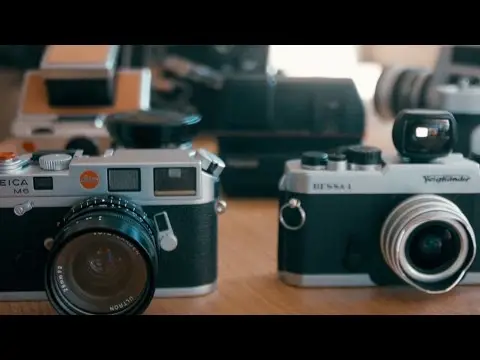
The Waiting Game of Film Photography
Conversely, film photography embraces the notion of patience and contemplation. The rituals involved in shooting with film—from loading the camera to developing prints—invite photographers to slow down and engage deeply with their process. The anticipation of seeing the final image after the wait adds a layer of excitement that many enthusiasts treasure.
Film’s unpredictable nature, combined with the limited number of exposures per roll, instills a sense of mindfulness in photographers. Each shot becomes a calculated decision, encouraging them to consider composition, lighting, and subject matter meticulously. This deliberative practice not only enhances the artistic output but also fosters a deeper connection to the creative journey, transforming photography into a meditation on presence and intention.
Emotional Connection to the Medium
The emotional connection to one’s chosen medium plays a significant role in shaping a photographer’s identity and creative expression. Both digital and film photography evoke strong feelings, albeit in different ways.

Exploring the Flycam K11 Turbo A Comprehensive Guide
The Joy of Experimentation in Digital Photography
Digital photography opens a world of possibilities for experimentation, allowing artists to explore new techniques and styles without the constraints of cost or resources. Photographers can shoot freely, capturing myriad images that may later inform their understanding of composition or lighting. This freedom sparks joy and creativity, enabling artists to discover their unique voice and refine their craft.
Additionally, the instantaneous nature of digital photography promotes a cycle of learning and improvement. Photographers can evaluate their work in real-time, iterating on their approach based on immediate feedback. This continuous loop encourages risk-taking and bold experimentation, fostering a spirit of adventure that can lead to striking visual narratives.
Nostalgia and Intent in Film Photography
For many, the choice of film photography stems from an emotional connection to tradition, nostalgia, and authenticity. The tactile experience of handling film, along with the anticipation of developing prints, creates a personal connection to the medium that many find fulfilling. Each photograph becomes a cherished keepsake, imbued with memories and stories that transcend the image itself.
Film photography’s unique aesthetic qualities—such as grain, color rendition, and depth—offer a warmth and richness that resonate with photographers and viewers alike. This emotional resonance often informs the artist’s intention, as they choose to work with film to evoke certain feelings or nostalgia in their audience. Whether capturing a wedding, a family gathering, or a personal project, the intention behind each shot is steeped in emotion, creating a lasting connection between the photographer, the subject, and the viewer.

Practical Considerations
When choosing between digital and film photography, practical considerations such as cost, accessibility, and workflow efficiency come into play. Each medium presents its own benefits and challenges, impacting how photographers navigate their artistic endeavors.
Cost Implications of Digital Photography
Digital photography generally offers a lower barrier to entry compared to film, particularly given the decreasing cost of digital cameras and the wide availability of affordable editing software. Once an initial investment is made in equipment, photographers can take virtually limitless images without incurring additional costs for film and processing. This accessibility encourages experimentation, allowing aspiring photographers to hone their skills without the fear of wasting resources.
However, while digital photography may save on production costs, it does require ongoing investment in technology, as camera models and software continue to evolve. Photographers must also consider the expenses associated with data storage and backup solutions to safeguard their work. Overall, the cost implications of digital photography are complex and should be weighed against the potential for growth and experimentation.
Investment and Longevity of Film Photography
Film photography typically involves higher upfront costs due to the need for purchasing film stocks and paying for processing and printing services. However, many enthusiasts view this investment as worthwhile, as film has a timeless quality that can produce images with a unique character that lasts for decades.
Moreover, film negatives and prints, when stored properly, can endure over time, allowing photographers to revisit their archives and rediscover moments captured in the past. This longevity enhances the emotional significance of film photography, as images become cherished artifacts that tell stories and preserve memories for generations to come.
Editing and Manipulation Capabilities
The editing capabilities of each medium shape the final product and contribute to the creative process in distinct ways. Understanding these differences can help photographers make informed decisions about their artistic approach.

Precision and Control in Digital Editing
Digital photography excels when it comes to editing and manipulation capabilities. With advanced software such as Adobe Lightroom and Photoshop, photographers can make precise adjustments to exposure, color balance, contrast, and sharpness—all with a few clicks. This level of control allows for extensive creative possibilities, enabling artists to transform their images dramatically.
The ability to work with layers, masks, and filters also provides digital photographers with the tools necessary to explore their artistic vision fully. Whether enhancing colors, removing distractions, or applying creative effects, digital editing empowers photographers to achieve their desired outcome efficiently. As a result, photographers can experiment with various styles and aesthetics, pushing creative boundaries while maintaining artistic integrity.
Challenges of Editing in Film Photography
Editing in film photography presents unique challenges due to the inherent limitations of the medium. Once an image is captured, the options for manipulation are limited compared to digital photography. While film can be scanned and edited digitally, the original chemical characteristics of the film cannot be replicated entirely once that moment has passed.
Photographers who work with film must adopt a more committed approach to their editing process during capturing. Understanding the nuances of film stocks, exposure, and lighting becomes crucial, as adjustments made in-camera will significantly affect the final print. This limitation can be seen as both a challenge and an opportunity, as it demands a deep understanding of the medium and encourages photographers to refine their skills.

Cultural Significance of Each Medium
The cultural significance of digital and film photography intertwines with the evolution of technology, societal changes, and artistic movements, highlighting the broader implications of each medium.
The Rise of Digital Photography
Digital photography has transformed the way we capture and share images, leading to a revolution in visual culture. With the advent of smartphones, millions of people now possess the ability to document their lives and experiences at their fingertips. This shift has democratized photography, fostering creativity and self-expression among individuals who might not have engaged with traditional photography.
Moreover, digital photography has influenced the marketing and advertising industries, where instant access to high-quality images plays a crucial role in brand representation. The ability to create and distribute content quickly has reshaped how we consume visual media, emphasizing the importance of immediacy and relatability in contemporary storytelling.
The Resurgence of Film Photography
Despite the prevalence of digital photography, film has experienced a resurgence in recent years, as artists and enthusiasts seek to reconnect with the tactile and experiential nature of analog photography. This revival is often fueled by a desire for authenticity—a longing for the imperfections and serendipity that accompany the film process.

Film photography also draws attention to the value of craftsmanship in an age of mass production. Many photographers appreciate the skill required to work with film, from mastering manual settings to developing images in a darkroom. This appreciation for artistry and technique fosters a renewed interest in traditional practices, reminding us of the enduring legacy of film photography in shaping visual culture.
Choosing the Right Medium for Different Purposes
Understanding the strengths and weaknesses of digital and film photography enables photographers to make informed decisions about which medium best suits their artistic goals and purposes.
Commercial Photography and Client Demands
In commercial photography, where time-sensitive deliverables and client satisfaction are paramount, digital photography is often the preferred choice. The ability to deliver high-quality images quickly and efficiently allows photographers to meet the demands of clients while maintaining their artistic integrity.
Digital photography’s instantaneous feedback loop also enables commercial photographers to refine their work on-site, ensuring that client requirements are met without compromising creativity. The advanced editing capabilities afforded by digital tools further enhance the professional appeal, allowing photographers to produce polished and impactful visuals that resonate with target audiences.

Personal Projects and Artistic Expression
For personal projects and artistic expression, the choice between digital and film photography can be more subjective. Some photographers may gravitate toward digital for its versatility and ease of use, while others may favor film for its mindful approach and nostalgic qualities. Ultimately, the medium selected should align with the artist’s intentions and creative vision.
Many photographers find that integrating both mediums into their practice enriches their artistic journey. By embracing the strengths of each format, they can create a diverse body of work that reflects their unique style and perspective.
The Future of Photography
As technology continues to evolve, the future of photography remains an exciting area of exploration. Emerging trends and innovations will shape the way we engage with both digital and film mediums, influencing artists’ practices and the broader visual landscape.
Trends in Digital Photography
The rise of artificial intelligence (AI) and machine learning technologies is poised to transform digital photography further. From automated editing tools that analyze images and apply enhancements to smart cameras with advanced features, these innovations promise to streamline workflows and enhance creative possibilities.
Additionally, the integration of virtual and augmented reality will expand the scope of photography, offering immersive experiences that challenge traditional notions of storytelling. As photographers explore new ways to engage their audiences, they will continue to push the boundaries of what is possible within the realm of digital photography.

The Enduring Appeal of Film
While digital photography continues to dominate the market, there remains a steadfast appreciation for film among artists and collectors. The tangible nature of film, combined with its unique aesthetic qualities, ensures that it retains a devoted following. As more photographers embrace film as a means of personal expression, we may see continued growth in the analog community, fostering a renewed interest in traditional practices.
Furthermore, the resurgence of film photography has prompted a new generation of filmmakers and artists to explore the cross-pollination of mediums, uniting the worlds of photography and cinematography. This blending of disciplines fosters innovation and experimentation, celebrating the richness of both digital and analog practices.
Notes
Key Takeaways from the Digital vs Film Discussion
The ongoing conversation surrounding digital and film photography highlights the complexities and nuances that define each medium. While digital photography celebrates efficiency, experimentation, and instant gratification, film photography offers a contemplative, intentional approach rooted in tradition and emotional connection.
Ultimately, the choice of medium reflects personal values and artistic intentions, encouraging photographers to explore their unique perspectives and voices. Recognizing the strengths of both formats allows for a richer understanding of photography as an evolving art form.
Exploring Personal Preferences in Photography
As photographers navigate the digital and film landscape, personal preferences will play a significant role in shaping their artistic journey. Reflecting on individual experiences, inspirations, and goals can help guide photographers toward the medium that resonates most profoundly with their vision.
By embracing the duality of photography, artists can cultivate a diverse and dynamic practice that honors the past while embracing the future.
Mistakes to Avoid
Navigating the world of digital and film photography can be a rewarding yet challenging journey. Being aware of common pitfalls can help photographers avoid missteps and enhance their artistic development.
Common Misconceptions About Digital Photography
One prevalent misconception about digital photography is that it lacks artistic merit due to its perceived ease of use. While digital tools provide convenience, creating impactful images still requires a deep understanding of composition, lighting, and storytelling. Relying solely on post-processing to rectify poorly executed shots can hinder growth as an artist.
It’s essential to approach digital photography with the same level of seriousness and dedication as one would with film. Emphasizing skill development and artistic intent will ultimately yield more fulfilling results, regardless of the medium.
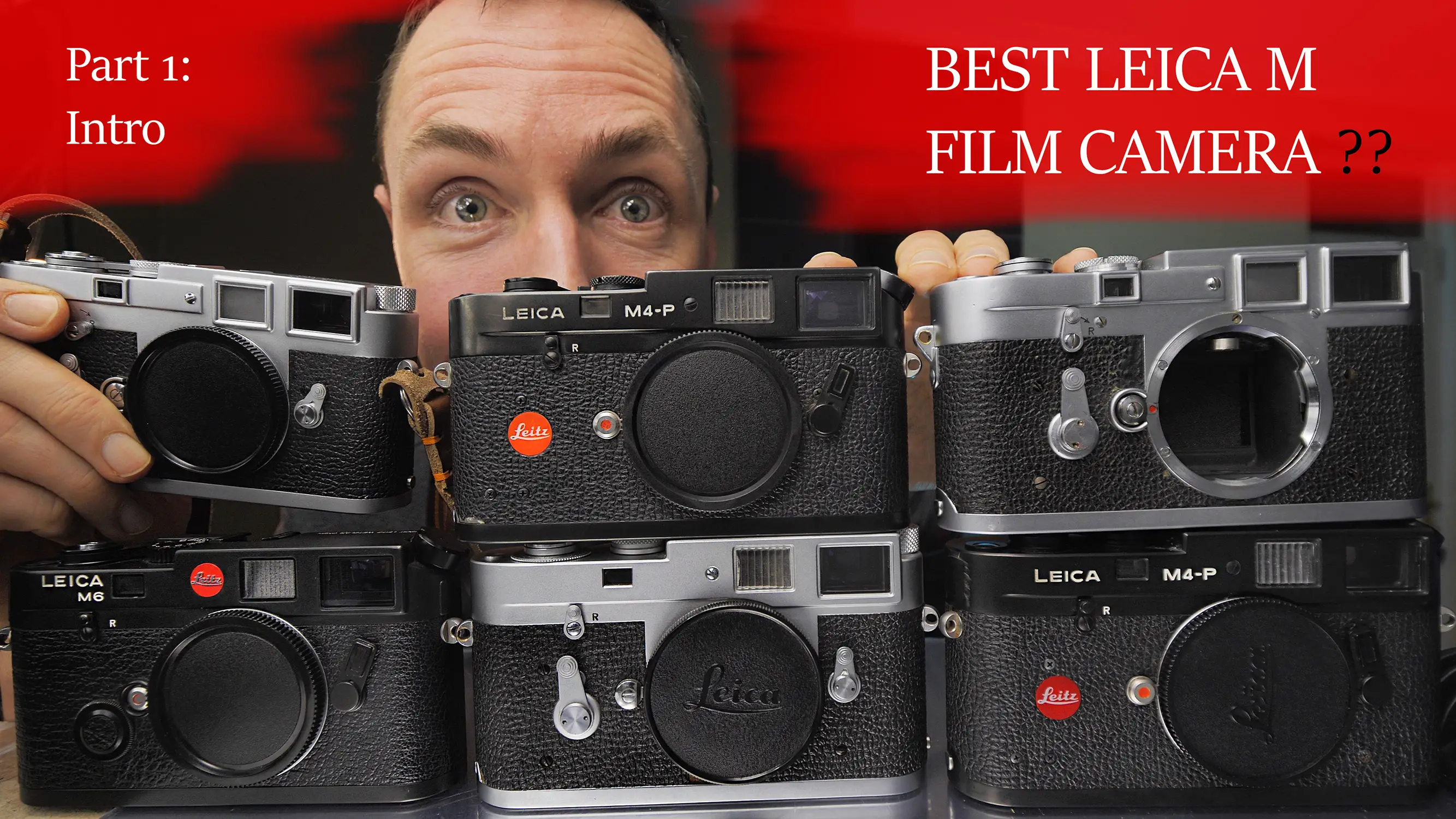
Pitfalls in Film Photography Practices
Film photography presents its own set of challenges, particularly for those who may be new to the medium. One common pitfall is underestimating the importance of proper exposure and metering. Unlike digital photography, where one can easily adjust settings to correct mistakes, film captures light in a more fixed manner. As such, careful consideration must be taken when shooting to ensure optimal results.
Another mistake is neglecting the development process. Photographers must understand how different films react to various chemicals and development times, as this can significantly impact the final image. Taking the time to learn about film stocks, chemistry, and darkroom techniques can elevate a photographer’s work and deepen their connection to the medium.
Frequently Asked Questions
Is digital photography better than film photography?
The question of whether digital photography is better than film photography is subjective and depends on individual preferences, artistic intentions, and the context in which each medium is used. Both digital and film photography offer unique advantages and challenges, and neither is inherently superior to the other.
Can one medium truly replicate the other?
While digital photography has made significant strides in mimicking the aesthetic qualities of film, such as grain and color rendition, it cannot entirely replicate the analog experience. Each medium possesses distinct characteristics that shape the creative process and final output. Rather than seeking replication, many artists embrace the differences to tell diverse stories and express their vision uniquely.
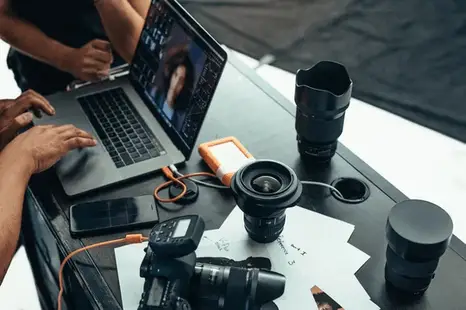
What should a beginner photographer choose?
For beginner photographers, selecting between digital and film depends on personal interests and desired goals. Digital photography may offer a more accessible entry point due to lower initial costs and instantaneous feedback, making it easier to learn and experiment. However, those drawn to the tactile experience and slower pace of film may find fulfillment in exploring this medium from the start. Ultimately, beginners should consider their motivations and aspirations when deciding which path to pursue.
Conclusion
Embracing the Duality of Photography
The debate between digital photography and film photography encapsulates a rich and multifaceted discussion that transcends technicalities. It invites photographers to reflect on their artistic philosophies, emotional connections to their work, and the unique stories they wish to tell.

Both mediums offer invaluable contributions to visual storytelling, enriching the landscape of photography with diverse perspectives and practices. By embracing the duality of photography, artists can explore their creative journeys while honoring the traditions and innovations that have shaped the medium throughout history.

Celebrating Both Mediums in the Art World
Ultimately, the conversation surrounding digital and film photography encourages us to celebrate the diversity of artistic expression within the photographic realm. Whether capturing fleeting moments in the digital age or engaging in the ritualistic beauty of film, photographers are invited to explore the richness of their chosen medium while remaining open to the possibilities that lie ahead.
In this ever-evolving landscape, the coexistence of digital and film photography enriches the art world, allowing for greater creativity, expression, and connection among photographers and their audiences alike.






